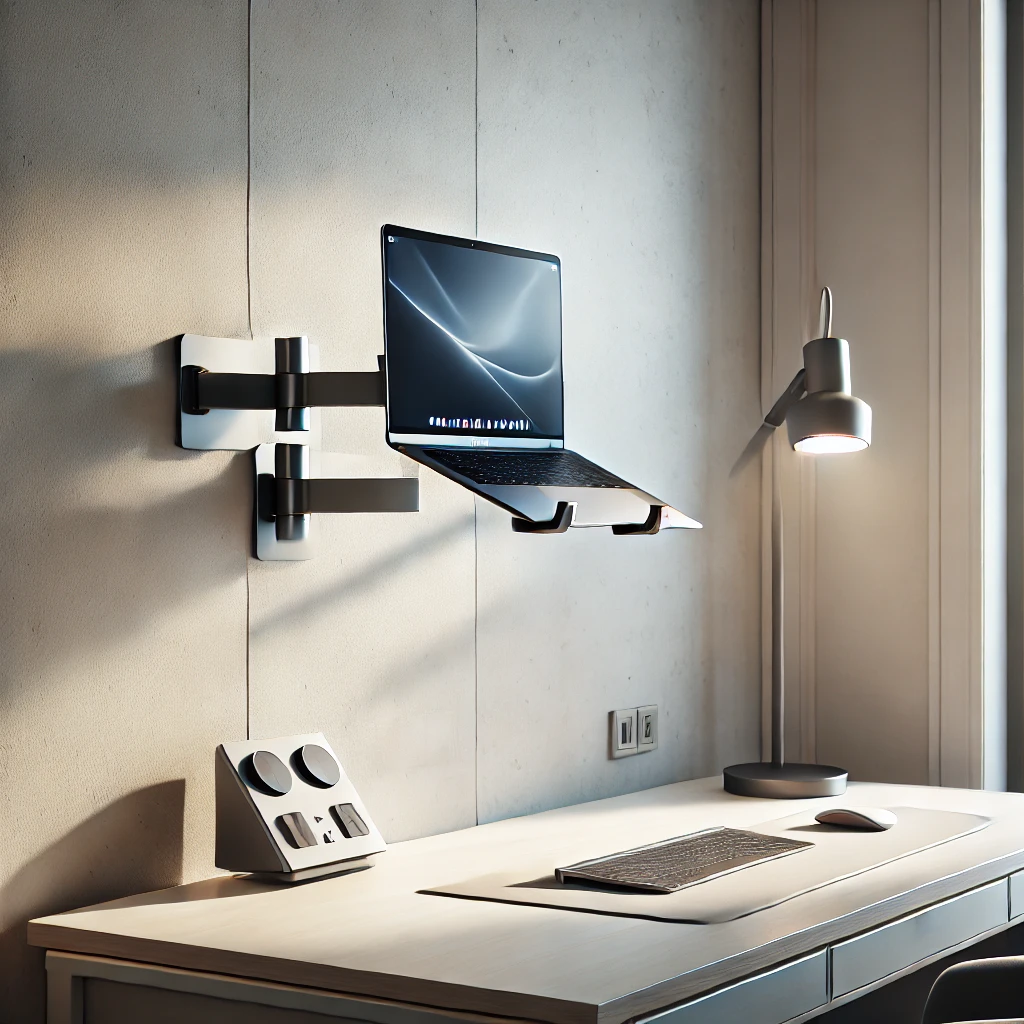Goose Polyphia Tone on Tonebridge: A Step-by-Step Guide
Goose and Polyphia are known, in general, for innovative guitar tones, which blend intricate melodies with modern effects, forming a tone that is quite unique to the ear and loved by fans and guitarists alike. Whether you are an experienced guitarist or just beginning, learning how to achieve the Goose Polyphia tone can add a whole new dimension to your playing. With Tonebridge, a powerful guitar effects app, it’s been very easy.
Here, we’ll walk you through the process of dialing in the perfect Goose Polyphia tone on Tonebridge, and maybe answer a few common questions you might have – such as how to make a guitar sound like Polyphia?

1. Understanding Goose and Polyphia’s Guitar Tone
To recreate the Goose Polyphia tone, there are key elements that create their distinct sound.
It gives them a clear, articulate note, often with far less distortion.
Layered effects
Polyphia uses reverb, delay, and chorus to make the sound spacious and atmospheric.
Compression
Tight compression helps maintain clarity on the notes while sounding fast.
Midrange emphasis
It allows the melodies to cut through without being too bright or sharp.
In a track like “Goose” by Polyphia, all these elements together form a dense, textured tone that is both technical and melodic.
–
2. Why Use Tonebridge for Goose Polyphia Tone?
- Tonebridge is actually a great tool to replicate the sound of Polyphia. It makes the building of a tone less pain-staking. You do not have to lay out so much money for equipment to gain professional-grade tones. With Tonebridge, you get:
- – Presets for many of the most popular songs, and many that really do well to capture Polyphia’s signature sound
- – Quick adjustments for all effects, amps, and pedals, letting you dial in your tone just right.
- – Built to match any guitar, so you’ll get Polyphia’s tone no matter what you’re playing with.
3. Configuring Tonebridge for the Goose Polyphia Tone
Here’s how to obtain the Goose Polyphia tone using Tonebridge:
1. Download and Install Tonebridge. This is on both iOS and Android devices, so finding the app may be a matter of looking for this download in your app store.
2. Find Polyphia Presets: Once into the app, you can search for presets matched to Polyphia tracks. Go from the “Goose” or similar tracks that let the tone get across.
3. Tweaking the Settings: You can then upload the preset and fine-tune settings for the amp, listening for
– Gain: Low. To keep it clean, sounding.
– Treble, Mids, and Bass: Turn up the mids a bit to get that rich full sound. You will balance treble and bass to taste.
– Effects: Add light reverb and delay to give it that extra depth.
–
4. Effects and Pedals for Polyphia’s Sound
To further fine-tune your sound, also investigate the effects Polyphia employs:
– Reverb: creates space.
– Delay: the sound repeats again after a little time, and Polyphia uses this to thicken the leads.
– Compression: pushes the sound up so that it still is really clear even on fast riffs and finger-tapping sections.
– Chorus: A slight modulation that thickens the sound.
These all can be used in Tonebridge. Go through all these effects and match the tone in Goose by Polyphia and other songs using different combinations.
5. Amp and Tuning Settings to Get Polyphia’s Sound
To get the actual Goose Polyphia sound, it is really important to choose the best amp model and settings. Try the following:
Amp Model: Clean, modern amps with a little overdrive.
Gain: low to keep it clear.
Treble: at the medium to avoid harshness.
Mids: slightly boosted to have full sound.
Bass: balanced, not too heavy.
Additionally, make sure your guitar is in good tuning. For ABC by Polyphia, the standard tunings typically are Drop C (C-G-C-F-A-D).
6. Common Mistakes to Avoid
Now, while Tonebridge does indeed ease the building of tones, there are a few caveats of things to be on the lookout for:
– Effects overused: Of course, too much reverb and delay muddies your sound.
-Bad amp settings: Too much gain or incorrectly balanced EQ settings can make the tone sound too distorted or flat.
-Non-mastering guitar techniques: Polyphia’s tone heavily relies on playing techniques such as finger-tapping, so practice is key.
FAQs
- How to Make Guitar Sound Like Polyphia?
- To sound like Polyphia, you’ll have to begin with a clean amp setting, being on moderate reverb and delay. Work at the balanced EQ with your mid expanded and experiment with compression to keep your sound tight. Thanks to Tonebridge and specific presets of the songs by Polyphia, that’s easy.
- What is the Tempo of Goose by Polyphia?
- The tempo of Goose by Polyphia is about 120 BPM (beats per minute). This moderate tempo allows for the intricate playing to be both melodic and, certainly, signature of the Polyphia sound.
- What is the Tuning for ABC by Polyphia?
- The song ABC by Polyphia is typically played in Drop C tuning (C-G-C-F-A-D), which provides that heavy, low-end sound while keeping those higher strings tight for leads and intricate melodies.
Conclusion
Anyway, getting the same sound of Goose Polyphia on Tonebridge requires matching proper settings with some effects and techniques. So, by working through this guide and experimenting with various amp and effect combinations, you may easily reach closer to this characteristic sound by which Polyphia is known. Whether you want to cover them or just create your own sound having a similar vibe, Tonebridge is the perfect tool to get started.
Last Words
– Do not be afraid to go over the settings and force it to your own taste.
– Practice the techniques of Polyphia for better approximation with their sound.
Share your Tonebridge setup with other guitarists and get feedback and advice.




